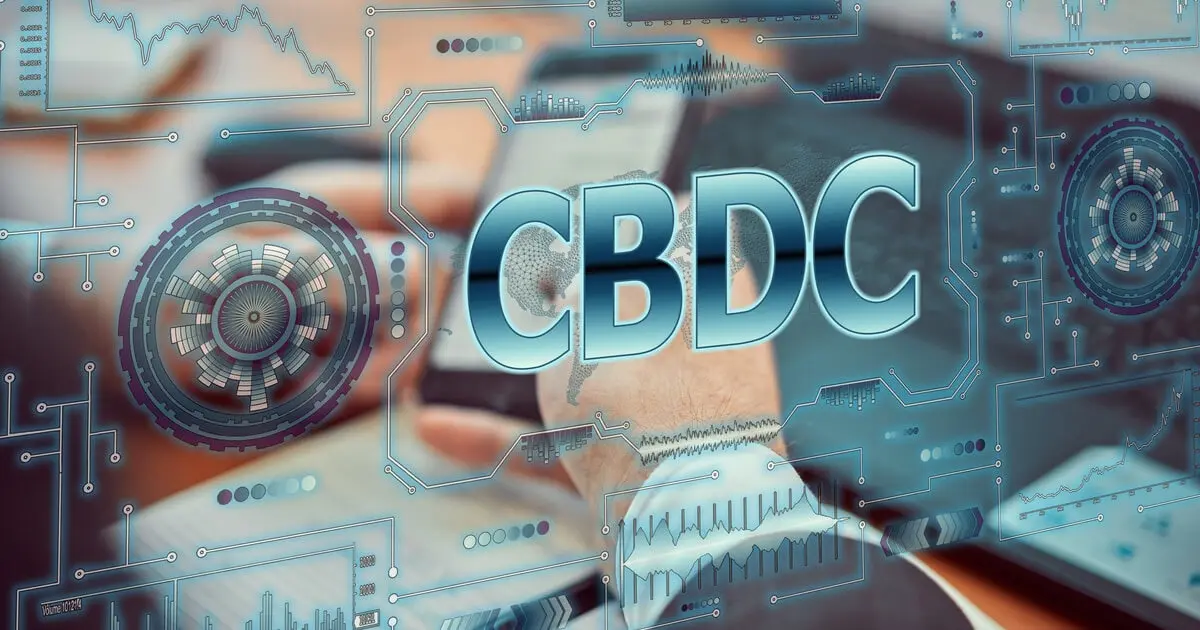Table of Contents
A recession is an economic event that can profoundly impact the lives of individuals, businesses, and entire national economies. Recognizing its early signs in time is key to preparing effectively—whether for investments, business strategies, or personal finance. After all, nobody wants to be caught off guard by a financial storm wearing only optimism and a thin wallet.
The First Signs of a Recession
In this guide, we’ll look at the most important indicators that may suggest a recession is looming just around the economic corner.
1. Decline in Gross Domestic Product (GDP)
Gross Domestic Product (GDP) is the fundamental measure of economic activity. If GDP shrinks for two consecutive quarters, that’s your textbook definition of a recession. A drop in GDP means less production and consumption of goods and services, which can impact employment, investment, and the broader economy. It’s the macroeconomic equivalent of your paycheck shrinking while your bills stay the same.
GDP is influenced by many factors, including consumer spending, government investments, and export dynamics. Keeping an eye on quarterly GDP reports and comparing them to past performance is crucial. Even a small but persistent decline can be a warning sign flashing in bright red.
2. Rising Unemployment Rate
One of the first casualties of an economic slowdown is people’s jobs. When businesses see less demand for their products, they try to cut costs—and payroll is often the first target. As such, an uptick in unemployment often either foreshadows or accompanies a recession.
Higher unemployment reduces overall consumption because people understandably become more cautious with spending and increase savings instead. This shift has a ripple effect across the economy—less demand, fewer sales, lower profits—rinse and repeat. It’s a vicious circle that can quickly spiral into a full-blown downturn.
3. Decline in Industrial Production
Industrial production is another key measure of a nation’s economic health. If orders and factory output start declining, it’s often because companies expect weaker demand and begin scaling down operations. That’s never a good sign unless you’re betting against the market.
A prolonged drop in industrial production is often the first tangible clue that a broader economic crisis may be brewing. This often leads to layoffs, declining business sentiment, and even stock market jitters, particularly in regions heavily reliant on manufacturing. If the factories go quiet, it’s time to pay attention.
4. Decrease in Retail Sales
Consumer spending powers most modern economies. So when people start tightening their belts, it hits businesses hard and fast. A slump in retail sales is a powerful signal that consumers are nervous—and when they’re nervous, they stop spending.
Lower retail revenue can stem from lost consumer confidence, worries about job security, or simply the rising cost of living draining wallets faster than a weekend at Vegas. Significant drops in retail sales often lead to small businesses going bust and big companies rethinking expansion plans. When the cash registers slow down, the economy usually follows suit.
5. Declining Corporate Profits
If companies are reporting lower profits, it’s usually a sign they’re under operational stress. This can result from falling demand, rising input costs, or plain old market instability.
And when profits shrink, guess what else does? Investments, hiring—and sometimes entire business units. Watch quarterly earnings reports and forward guidance from major firms. If the future outlook sounds gloomier than your uncle at family dinners, it might be time to buckle up.
6. Stock Market Slump
Financial markets are like the drama queens of the economy—they react faster than the fundamentals change. A sustained drop in stock prices may signal that investors expect rocky times ahead and are reallocating into safer assets.
Indices like the S&P 500, Nasdaq, and Dow Jones often lead the economic narrative. Pay attention to trading volumes and investor sentiment. If even the optimists are heading for the hills, take note.
7. Yield Curve Inversion
Sounds technical, but stick with us: when short-term bonds start yielding more than long-term ones, it’s called a yield curve inversion—and it’s one of the most reliable historical indicators of a recession.
Why? Investors anticipate economic slowdown and flee to the safety of long-term bonds, pushing their yields down. Keep an eye on the U.S. 2-year vs. 10-year bond spread—if it flips upside down, so might the economy. A positive spread suggests expectations of economic growth, while a negative spread may signal concerns about a potential recession.
8. Falling Consumer Confidence
When consumers start doubting the future, they stop spending like it’s Black Friday. A drop in consumer confidence is a flashing neon sign that households are tightening their belts.
Track indices like the Consumer Confidence Index or the University of Michigan Sentiment Index. If the numbers slide, brace for a slowdown in consumption—and that can ripple through every sector from retail to real estate.
9. Shifts in Monetary Policy
Central banks don’t just twiddle their thumbs. When they start slashing interest rates or ramping up quantitative easing, it often signals deeper economic issues brewing.
Policy statements from groups like the FOMC or ECB can hint at panic beneath the surface. Watch for language like “uncertainty,” “downside risks,” or “targeted support”—it’s often code for “Houston, we have a problem.”
How a Recession Could Impact the Cryptocurrency Market
A recession can have a double-edged impact on the cryptocurrency market. On one hand, during times of economic uncertainty and declining trust in traditional financial institutions, investors may seek refuge in alternative assets like Bitcoin – often dubbed “digital gold.” In this context, cryptocurrencies can serve as a hedge against inflation, fiat devaluation, or erratic monetary policies, leading to increased demand and renewed interest.
On the other hand, recessions typically bring reduced disposable income and tighter capital availability, which can cause investors to pull back from riskier, more volatile assets – crypto included. This often leads to market sell-offs, reduced trading volumes, and lower liquidity. Additionally, during downturns, governments may tighten regulations, tech investment slows, and blockchain innovation stalls, all of which could suppress the growth of the sector. The bottom line? In a recession, crypto could either shine as a safe haven or stumble as capital dries up.
Conclusion: Spot the Raindrops Before the Storm
Catching the first hints of a recession isn’t wizardry—it’s more like financial weather forecasting. It involves watching a mix of economic indicators, market trends, and behavioral shifts that together form a clearer picture of where the economy might be heading.
Does this mean you should panic and start stashing cash under your mattress? Definitely not. Recognizing the signs early gives you a head start: adjust your budget, rethink your investment game plan, and prep your mindset for turbulent times.
Recessions are just a natural part of the economic cycle. And the truth is—those who understand them can thrive through them. So stay sharp, stay informed, and remember: the best way to weather a storm is to build a better umbrella.

























